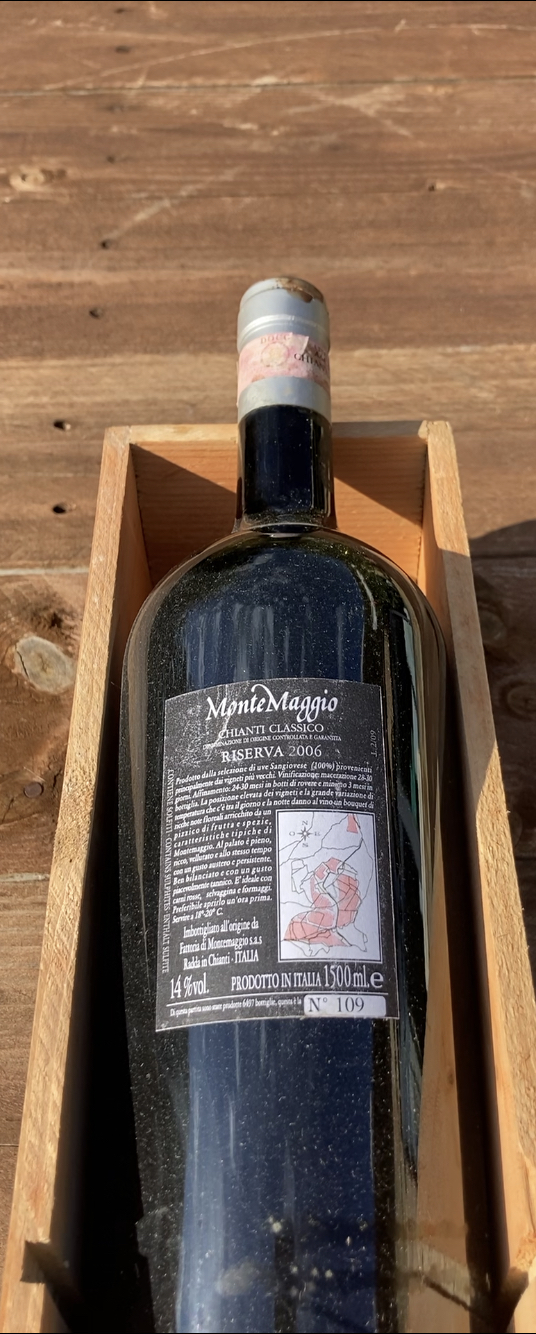
How many times we asked ourselves what are the different sizes and types of bottles?
In this blog post we want to try to make things clearer, get comfortable (maybe with a good glass of wine) and let’s discover together something more about this subject.
Let’s start at
The most common sizes of bottles sold in stores are the ones between 0.25 and 1.5 liters (0.25 and 1.5 gallons), however there are also bigger ones, they are simply rarer to find. However it may happen to find bottles having a peculiar and remarkable size, such as the ones called Impériale, Nabuchodonosor or Jeroboam. The latter format has a capacity of about 3 liters (about 1 gallon).
The classic bottle size is 0.75 liters and it is called Bouteille.
The Magnum bottle, instead, contains 1.5 liters of wine.
The question arises which is the ideal size for a bottle of wine?
Let’s try to clarify this question.
We must obviously keep in mind that wine contained in small size bottles (0.2 or 0.375) will be subjected to an aging process that will be greatly accelerated.
Classic bottles of 0.75 cl are optimal both for aging and for ready drinking.
The Golden Rule
The bigger our bottle is, the better (and slower) will be the aging process of our wine.
The explanation of this phenomenon is very simple – wine reacts in contact with air, therefore the wider the contact between air and wine, the more likely it will oxidize. Big bottles of wine, such as double magnums, contain a percentage of air which is therefore lower than the quantity of wine. As a consequence of this, the surface of wine in contact with oxygen in the bottle is lesser.
This is the reason why wine ages more slowly in larger bottles.
Something more…
Even the glass of our bottle plays a vital role
Bigger wine bottles are therefore characterized by a thicker glass.
Therefore the effects of the exposure to light and the consequent increase of temperature have a lesser effect on the liquid contained inside the bottle.
Therefore, we could say the ideal capacity of wine bottles should be at least 1.5 liters (1.5 gallons).
However let’s try to understand what are the different bottle sizes
Quart (or Piccolo) – capacity of 0.2 liters (0.2 gallons)
Demie (half bottle) – capacity of 0.375 liters (0.375 gallons)
Bouteille – capacity of 0.75 liters (0.75 gallons)
Magnum (2 bottles) – capacity of 1.5 liters
Jéroboam (4 bottles) – capacity of 3 liters
Réhoboam (6 bottles) – capacity of 4.5 liters
Mathusalem (also known as Impériale, 8 bottles) – capacity of 6 liters Salmanazar (12 bottles) – capacity of 9 liters
Balthazar (16 bottles) – capacity of 12 liters
Nebuchadnezzar (20 bottles) – capacity of 15 liters
Salomon (24 bottles) – capacity of 18 liters
Primat (36 bottles) – capacity of 27 liters
Impressive, isn’t it?
So many types of bottles and sizes.
Of course, as previously mentioned, the bigger the bottle, the better and the slower the aging process will be, but we would like to point out that however bottles such as 0.75 and 1.5 have the capacity to age your wine in an optimal way, especially when kept in optimal environments. Controlled temperature 14°-18° celsius, and a constant humidity around 60%-70%.
Anyway we hope this blog post has been useful to you.
Remember it is always worthwhile to age a great wine if you have the chance, now all you have to do is try it.






Leave a Reply